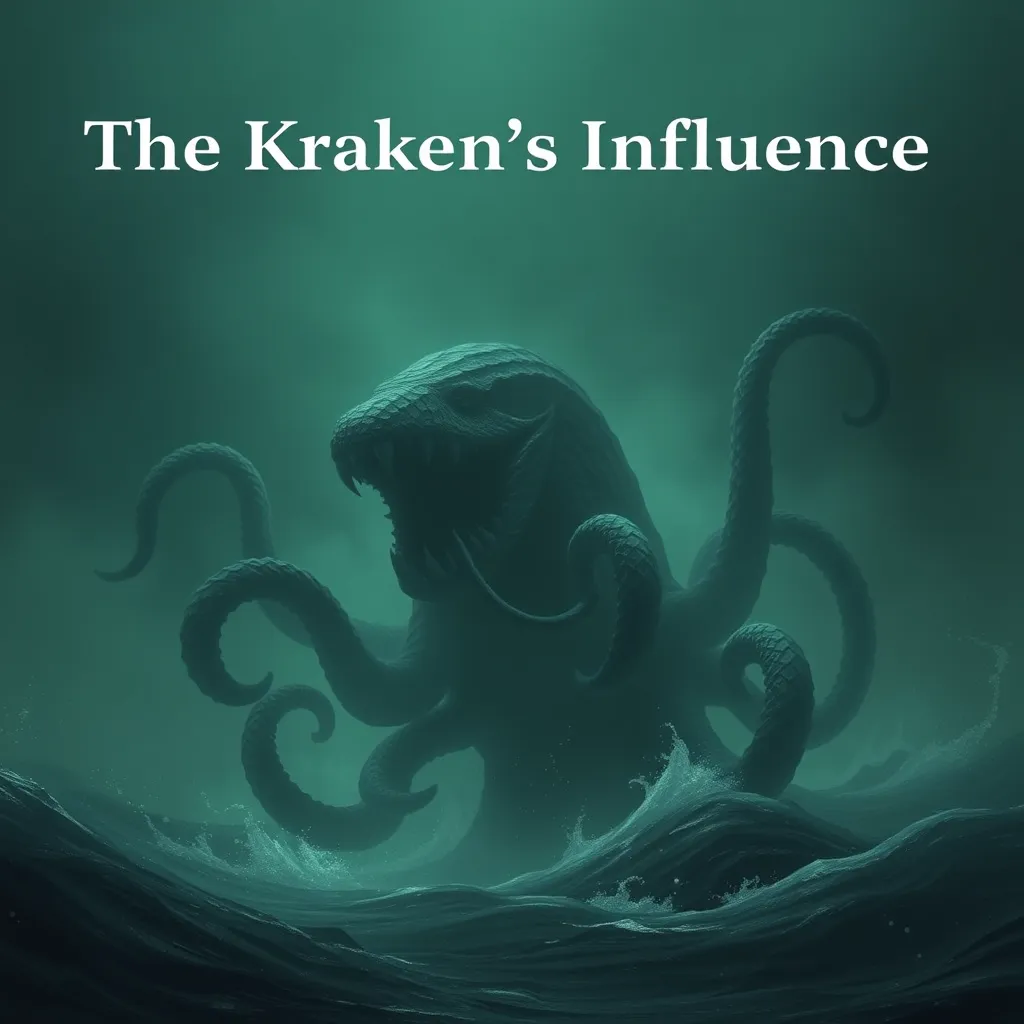The Mermaid’s Voice: Understanding the Cultural Impact of the Myth
I. Introduction
Mermaids, enchanting creatures of folklore, have captured the human imagination for centuries. Defined as beings with the upper body of a woman and the lower body of a fish, these mythical entities symbolize beauty, mystery, and danger. One of the most significant aspects of mermaids is their voice, often portrayed as a mesmerizing and haunting melody that lures sailors to their doom.
This article aims to explore the cultural impact of the mermaid’s voice, examining its historical origins, symbolism, representation in literature and art, and its evolution in modern media. Through this exploration, we will uncover the layers of meaning attributed to these fascinating figures and their enduring legacy in various cultural narratives.
II. Historical Origins of Mermaid Myths
The myth of mermaids can be traced back to ancient civilizations. In Assyrian mythology, the goddess Atargatis is often depicted as a mermaid, representing fertility and the duality of nature. Similarly, the ancient Greeks spoke of sirens, half-bird, half-women creatures whose enchanting songs led sailors to their demise.
Across cultures, mermaid myths have evolved, adapting to local beliefs and practices. For example:
- In Celtic folklore, mermaids are known as selkies, who can transform from seals to humans.
- In Japanese mythology, the ningyo is a fish-like creature that brings misfortune to those who catch it.
Key texts, such as Hans Christian Andersen’s “The Little Mermaid,” published in 1837, played a pivotal role in shaping the modern narrative of mermaids, intertwining themes of love, sacrifice, and the pursuit of identity.
III. The Symbolism of the Mermaid’s Voice
The voice of the mermaid serves as a powerful symbol of both beauty and allure. It represents an enticing call that draws individuals toward the unknown, embodying the mysteries of the sea and femininity. However, this allure is often accompanied by danger, illustrating the dual nature of the mermaid’s voice: seduction versus peril.
Culturally, the mermaid’s voice has been interpreted in various ways:
- In many stories, the voice symbolizes the power of women to captivate and control.
- Conversely, it often reflects the societal fear of female sexuality, leading to tragic outcomes for both the mermaid and her admirers.
This duality has led to diverse cultural interpretations of vocality and femininity, challenging the traditional narratives surrounding women’s roles in society.
IV. Mermaids in Literature and Art
Mermaids have been a popular subject in literature and art throughout history. Notable literary works include:
- “The Little Mermaid” by Hans Christian Andersen
- “The Fisherman and His Soul” by Oscar Wilde
- “The Mermaid” by Christina Rossetti
In art, mermaids have been depicted in various forms, from classical paintings to modern illustrations. Artists like John William Waterhouse and Edward Burne-Jones have captured the ethereal beauty and tragic allure of mermaids in their works.
The portrayals of mermaids in these mediums have significantly influenced societal views of women, often reinforcing or challenging gender stereotypes and the perception of female beauty.
V. The Mermaid in Modern Media
In contemporary films and television shows, mermaids continue to enchant audiences. Productions such as “The Little Mermaid” (1989), “Splash” (1984), and the series “H2O: Just Add Water” have redefined the mermaid narrative, often highlighting themes of self-discovery and empowerment.
The role of the mermaid’s voice in popular culture remains significant:
- It is often portrayed as a source of power and independence.
- Modern adaptations tend to emphasize the mermaid’s journey toward self-acceptance and overcoming adversity.
These shifts in representation have contributed to a broader understanding of mermaids as symbols of resilience and transformation.
VI. The Mermaid as a Feminist Icon
In recent years, the mermaid has been embraced as a feminist icon, embodying themes of autonomy and empowerment. The examination of the mermaid’s voice within feminist discourse highlights the complexities of female identity and expression.
Modern interpretations of mermaid stories often challenge traditional narratives:
- They present mermaids as complex characters with agency, rather than passive victims.
- They explore themes of sisterhood, solidarity, and the reclaiming of one’s voice.
Case studies, such as “The Mermaid” by Amara Lynn and the feminist retelling of “The Little Mermaid,” showcase how these narratives empower women and encourage discussions around personal agency and societal expectations.
VII. The Global Influence of Mermaid Myths
The mermaid myth has transcended cultural boundaries, leading to cross-cultural exchanges and adaptations. Different cultures have embraced variations of the mermaid myth, creating unique interpretations that reflect local values and beliefs.
Additionally, the mermaid has become a symbol of environmental awareness and preservation. Organizations and initiatives focused on marine conservation often utilize the mermaid’s image to advocate for ocean protection and sustainability.
Community and tourism initiatives, such as mermaid festivals and events, celebrate local folklore while promoting cultural heritage and environmental responsibility. These activities foster a sense of community and connection to the ocean, reinforcing the mermaid’s role as a symbol of both beauty and the fragility of marine ecosystems.
VIII. Conclusion
The cultural significance of the mermaid’s voice is profound, reflecting societal attitudes towards femininity, beauty, and danger. From ancient origins to modern interpretations, the mermaid continues to capture the imagination, serving as a lens through which to examine gender roles, environmental issues, and cultural narratives.
As we move forward, the legacy of mermaids in shaping cultural narratives remains strong. Their stories will continue to evolve, reflecting the changing dynamics of society and the enduring fascination with these mystical beings. The future of mermaid mythology holds the potential for new interpretations that empower and inspire, ensuring that the mermaid’s voice will resonate for generations to come.




